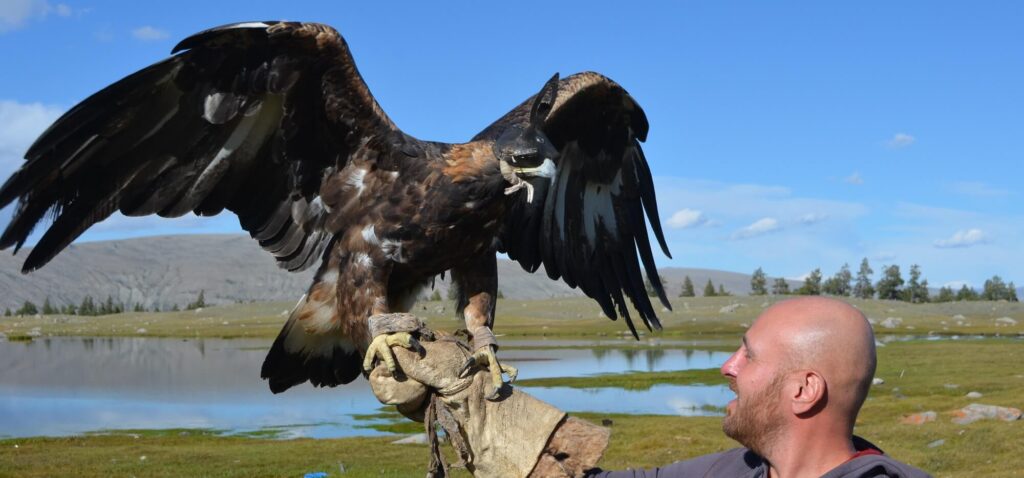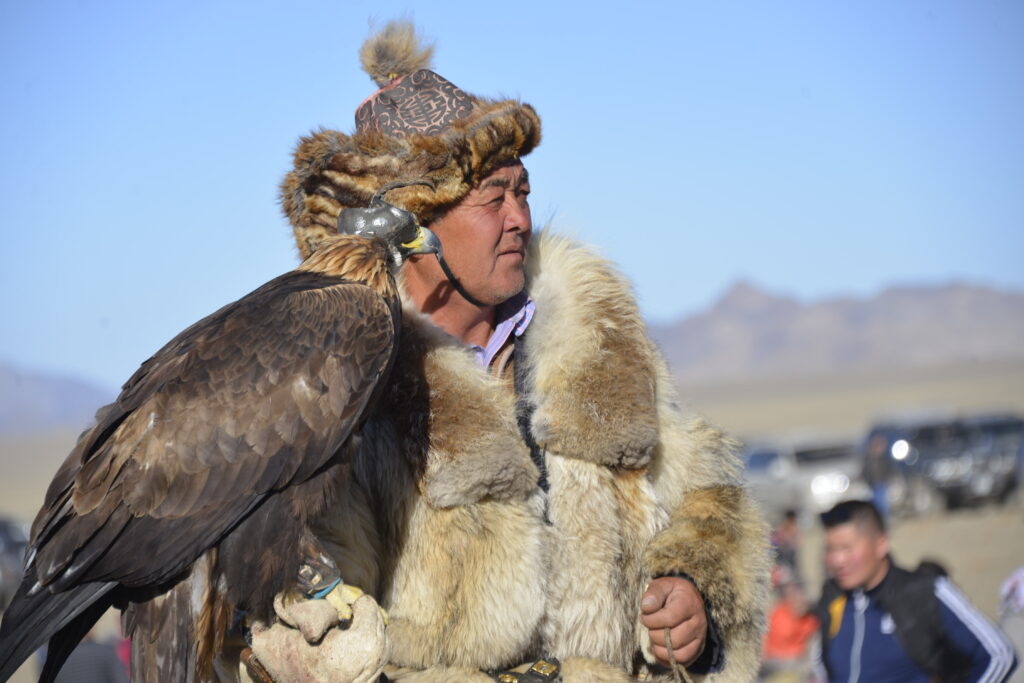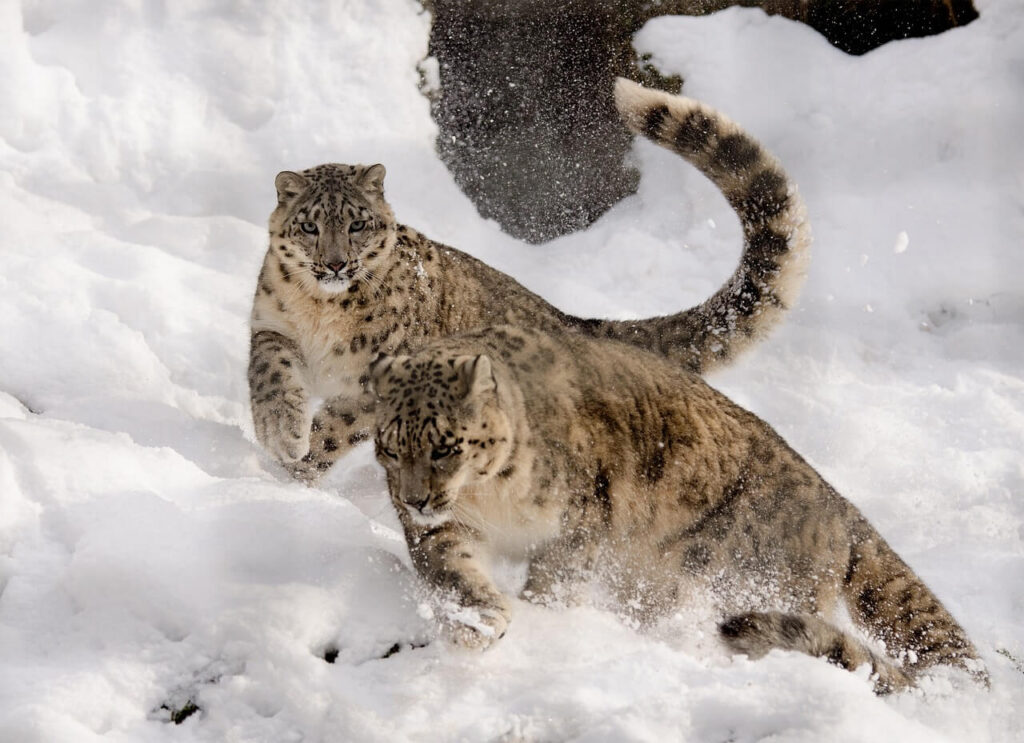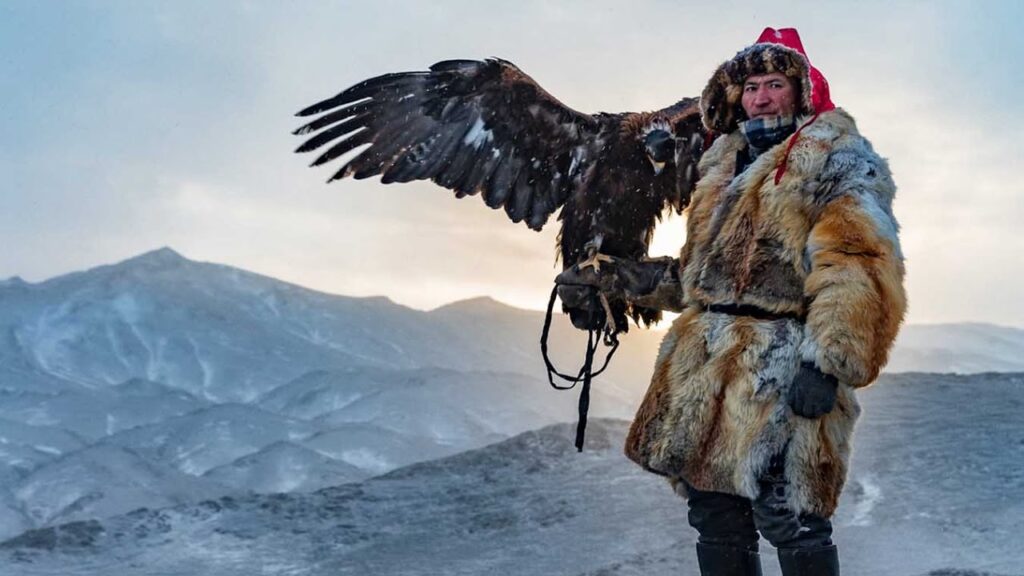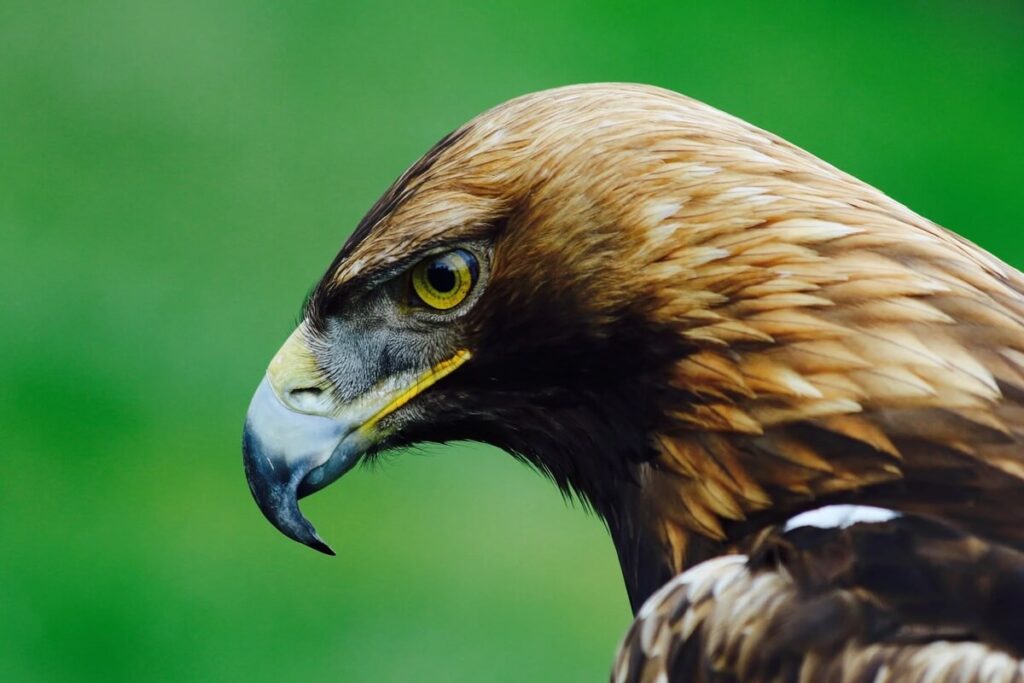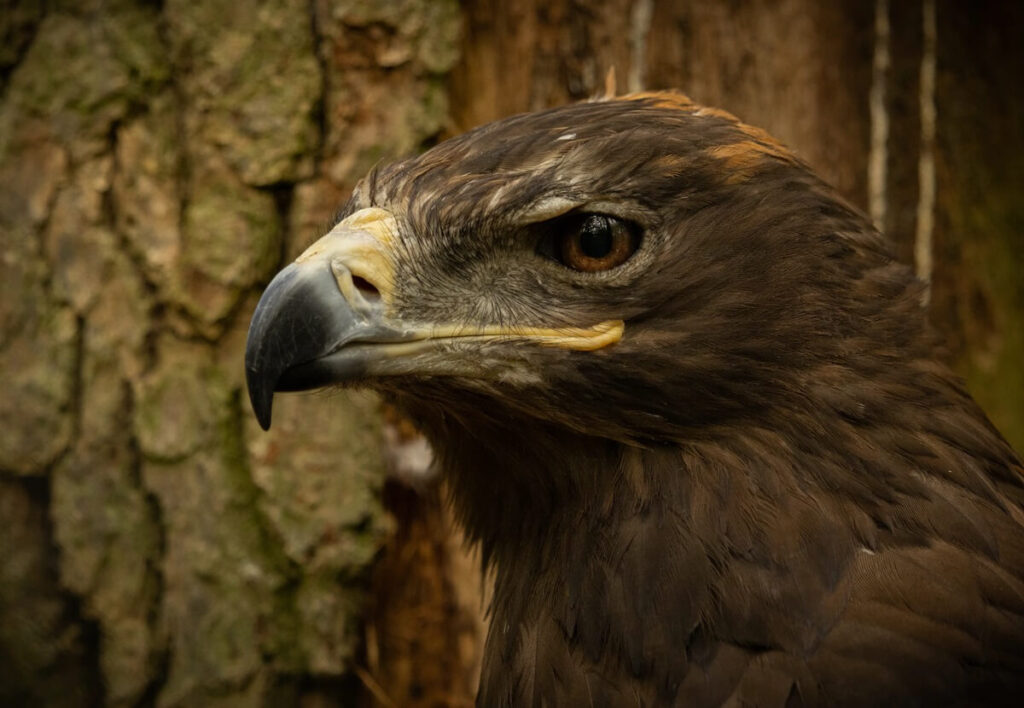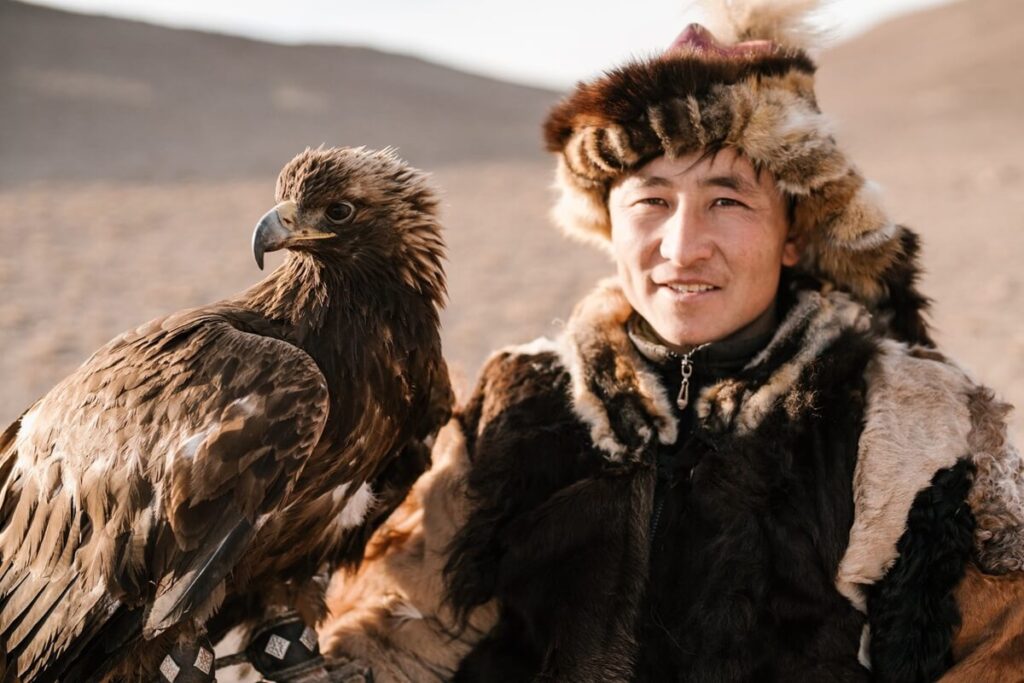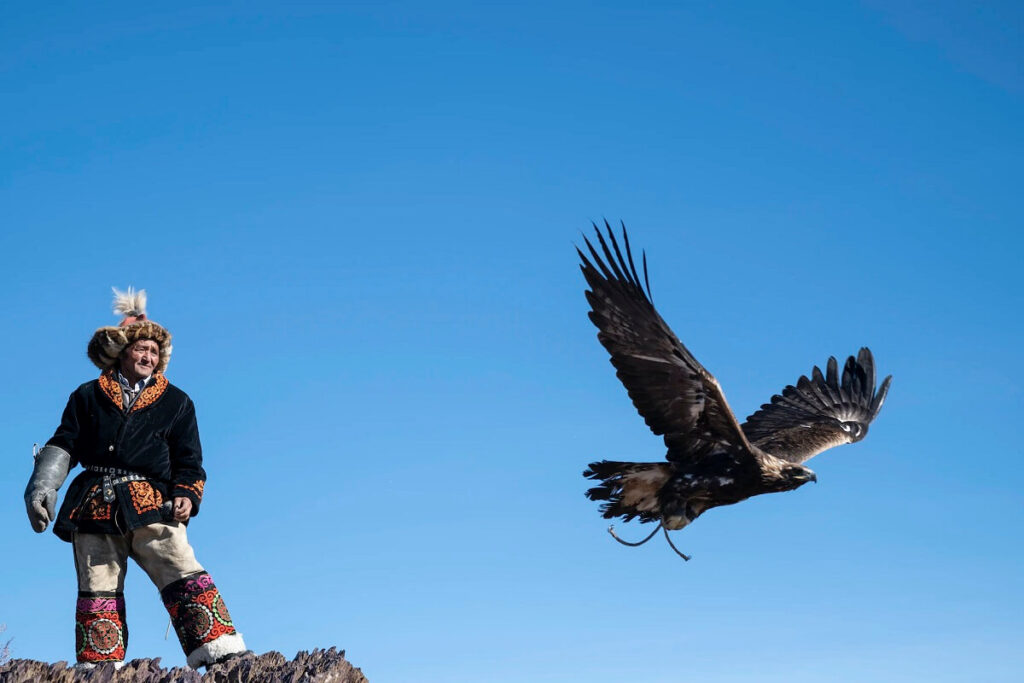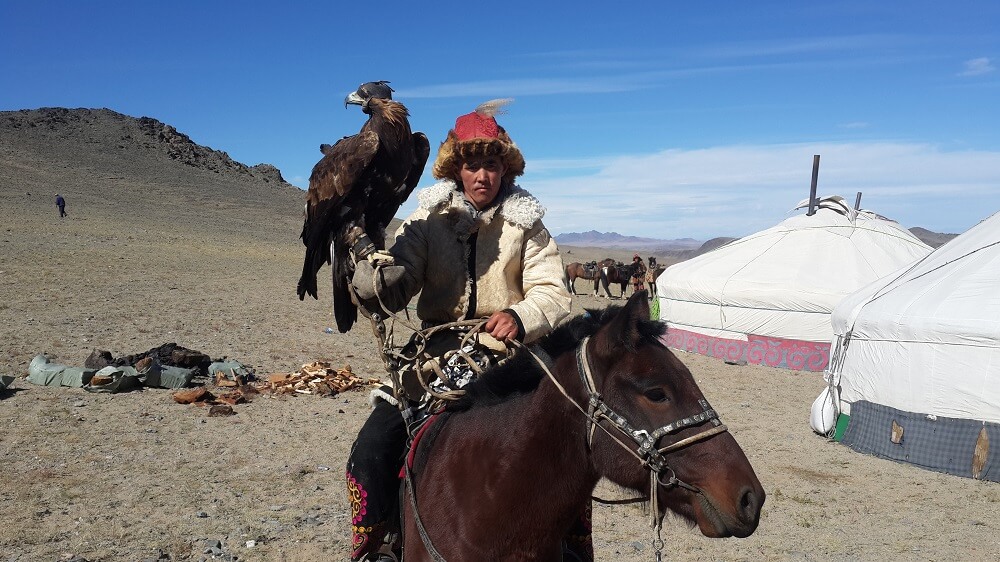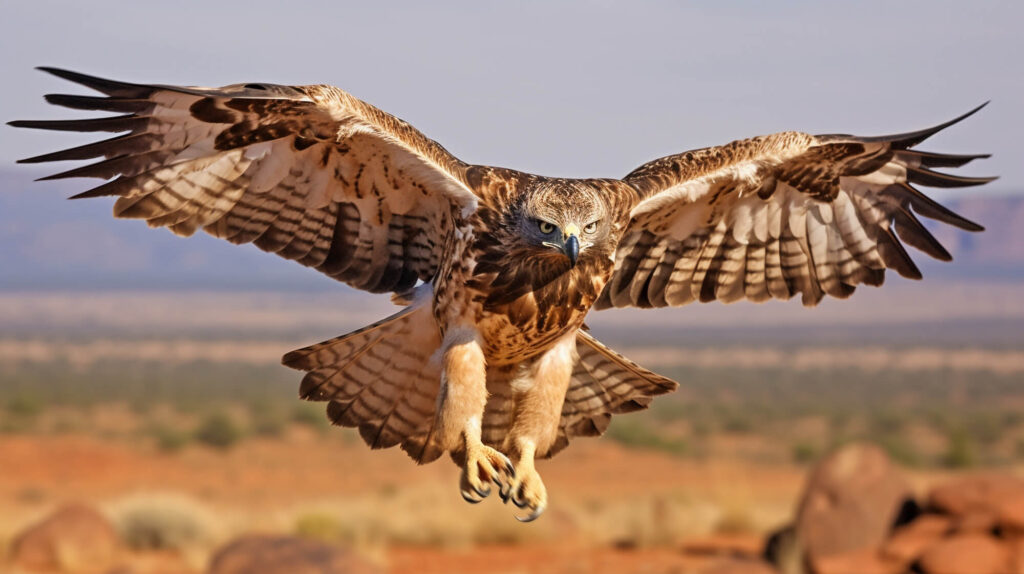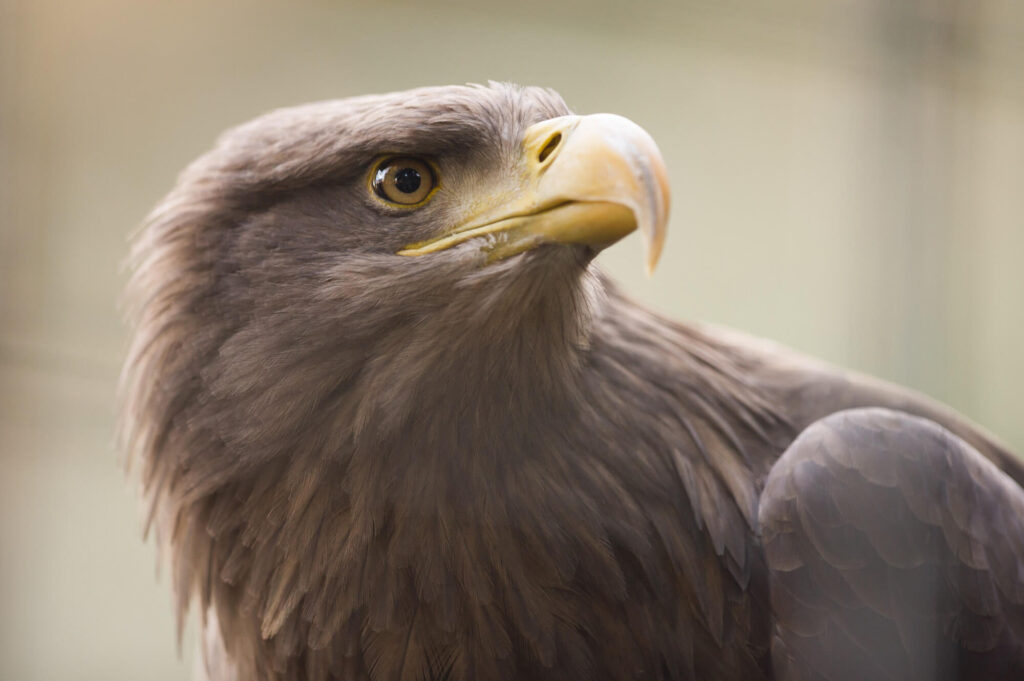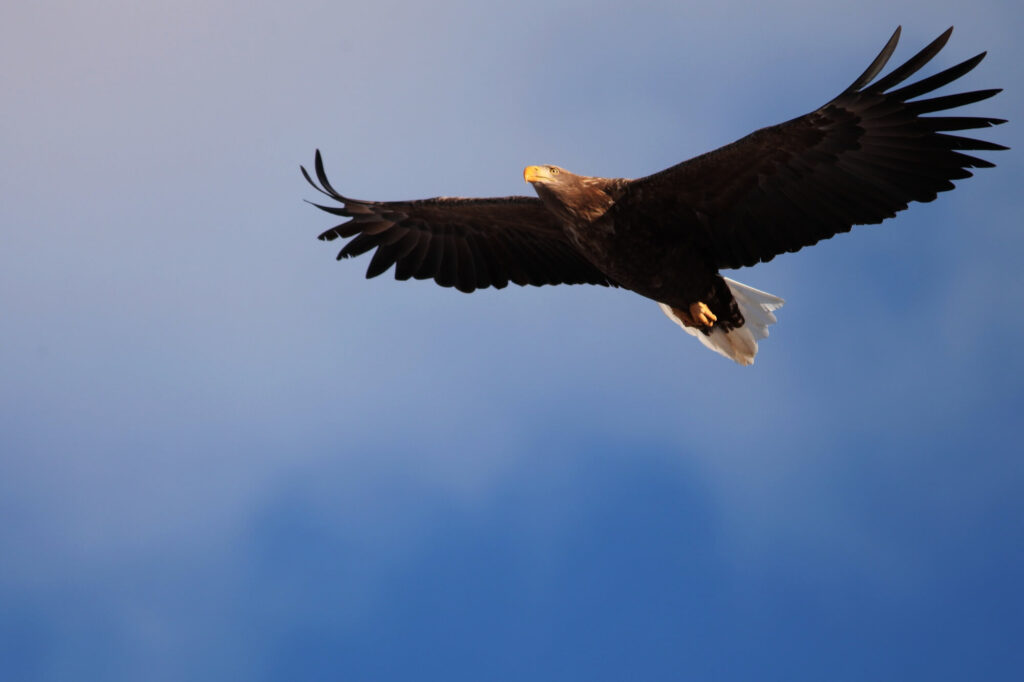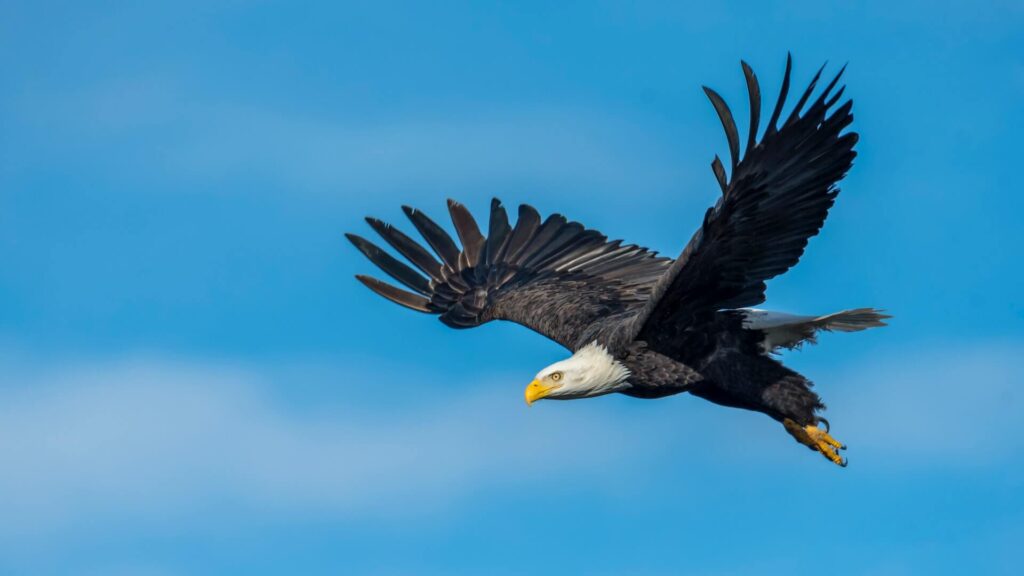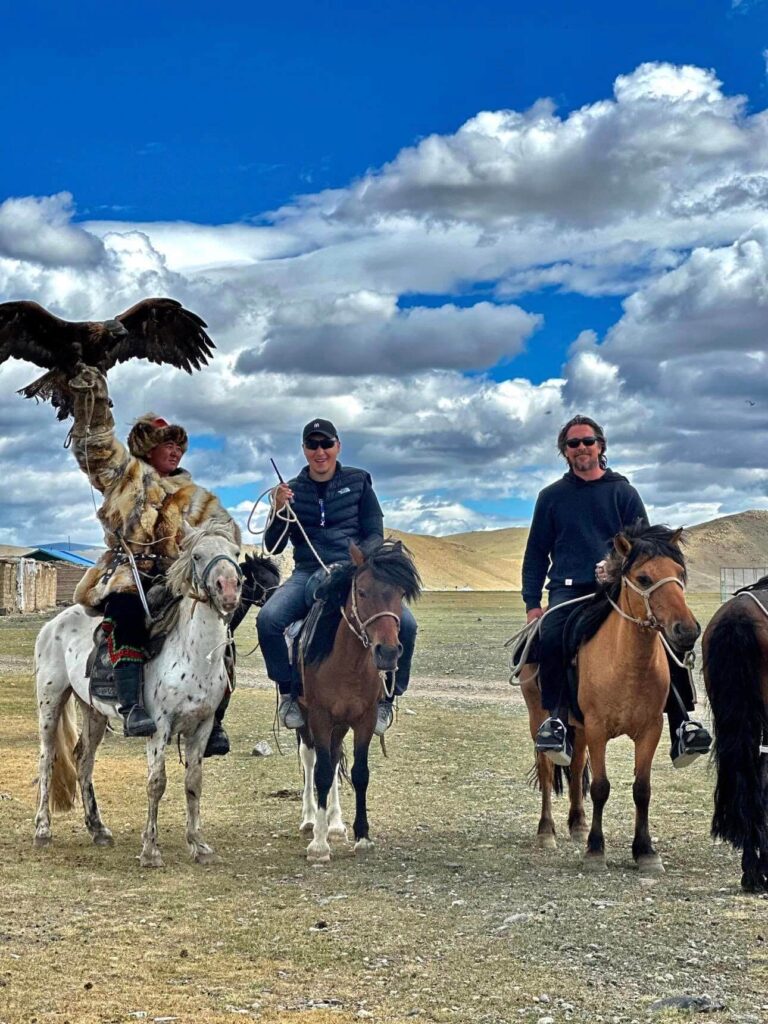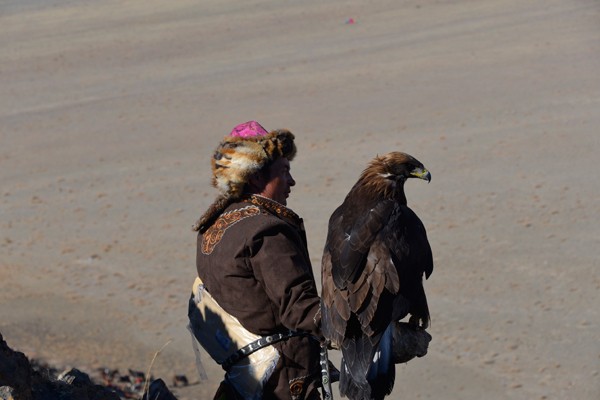Eagles are among the most revered and majestic birds of prey in the world, known for their powerful build, sharp vision, and impressive hunting prowess.
These birds, often seen as symbols of strength, freedom, and courage, are exceptional hunters capable of taking down prey much larger than themselves.
The process of an eagle hunting prey is a breathtaking combination of precision, speed, and sheer power, showcasing the apex predator’s role in the natural world.
We offer you GOLDEN EAGLE FESTIVAL PHOTOGRAPHY TOUR. Come and enjoy the stunning landscape that is covered with ancient mountains, rivers, and Mongolian history. Join us to watch a great festival with truly great hunters! 🤩🤩
The Anatomy of a Predator
Eagles possess several physical attributes that make them formidable hunters. Their sharp talons are perhaps their most well-known feature, capable of exerting tremendous pressure to grasp and kill prey.
These talons are complemented by a strong, hooked beak designed to tear flesh, ensuring that eagles can feed on a variety of animals, from fish and small mammals to birds and reptiles.
Their eyesight is another critical asset. Eagles have among the sharpest vision of any animal, allowing them to spot potential prey from great distances.
This keen eyesight is a result of large pupils that reduce diffraction (scattering of light), which maximizes visual clarity.
An eagle’s vision is about four to five times sharper than that of a human, making it possible for these birds to identify a rabbit or a fish from as far as two miles away.
Hunting Techniques
Eagles employ a variety of hunting techniques, depending on their species and the environment they inhabit. One of the most common and spectacular methods is the “stoop,” a high-speed dive used by eagles, particularly those in open areas, to capture prey.
During a stoop, an eagle will soar high into the sky, locate its prey with its extraordinary vision, and then fold its wings to dive at speeds exceeding 150 miles per hour. The element of surprise, combined with sheer velocity, often leaves the prey with no chance to escape.
Once the eagle reaches its target, it will extend its talons to snatch the prey mid-air or strike it on the ground.
The force of the impact, coupled with the eagle’s powerful grip, is usually enough to incapacitate or kill the prey instantly. This technique is particularly effective for catching fast-moving or agile animals like birds or small mammals.
Another method involves eagles hunting from a perch. This is common among species like the Bald Eagle, which often hunt in wooded areas or near water bodies.
The eagle will patiently wait on a high perch, scanning the ground or water below for signs of movement. Once it spots potential prey, it swoops down, using its sharp talons to grab the animal.
Bald Eagles, for example, are known for their ability to catch fish right out of the water, a skill that requires both precision and timing.
In some environments, eagles may also engage in cooperative hunting. This is particularly seen in areas where prey is abundant but difficult to catch alone, such as in the case of large flocks of birds or herds of mammals.
By working together, eagles can corral or confuse prey, making it easier for one or more birds to make a successful kill.
The Circle of Life
Eagles play a crucial role in their ecosystems as top predators. By controlling populations of smaller animals, they help maintain balance within their habitats. This is especially important in areas where certain species might otherwise overpopulate, leading to environmental degradation.
However, eagle hunting is not without its challenges. Young eagles must spend years honing their hunting skills, often practicing on smaller, less challenging prey before graduating to more difficult targets.
This period of learning is critical, as successful hunting is vital for an eagle’s survival. Even adult eagles face difficulties, as prey can sometimes evade capture, and adverse weather conditions can make hunting more challenging.
In conclusion, eagle hunting is a powerful demonstration of nature’s balance and the intricate relationships between predator and prey.
The eagle, with its keen vision, powerful talons, and strategic hunting methods, is a true apex predator, symbolizing the raw beauty and efficiency of the natural world.
Through their hunting prowess, eagles not only ensure their survival but also contribute to the health and stability of their ecosystems, embodying the timeless cycle of life and death in the wild.










